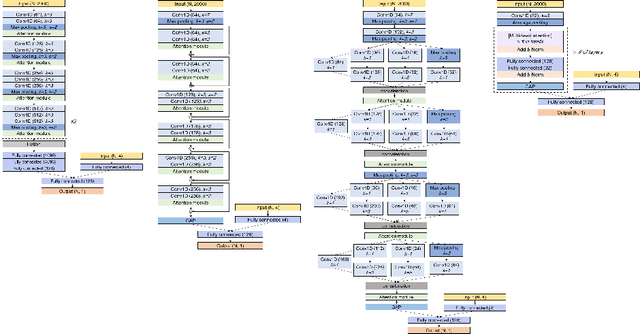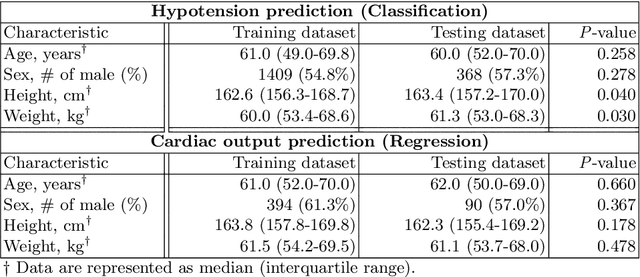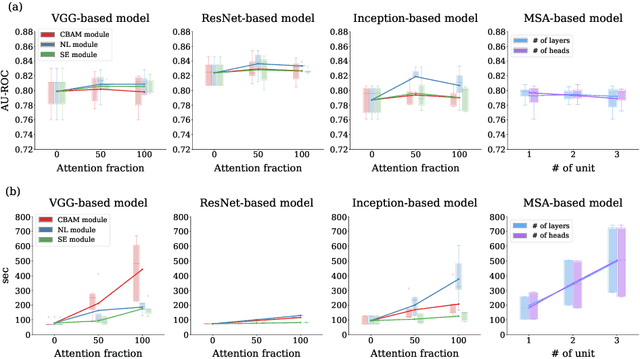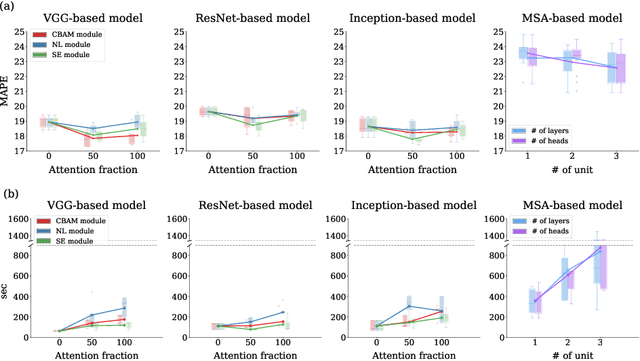Seong-A Park
MORE-CLEAR: Multimodal Offline Reinforcement learning for Clinical notes Leveraged Enhanced State Representation
Aug 11, 2025



Abstract:Sepsis, a life-threatening inflammatory response to infection, causes organ dysfunction, making early detection and optimal management critical. Previous reinforcement learning (RL) approaches to sepsis management rely primarily on structured data, such as lab results or vital signs, and on a dearth of a comprehensive understanding of the patient's condition. In this work, we propose a Multimodal Offline REinforcement learning for Clinical notes Leveraged Enhanced stAte Representation (MORE-CLEAR) framework for sepsis control in intensive care units. MORE-CLEAR employs pre-trained large-scale language models (LLMs) to facilitate the extraction of rich semantic representations from clinical notes, preserving clinical context and improving patient state representation. Gated fusion and cross-modal attention allow dynamic weight adjustment in the context of time and the effective integration of multimodal data. Extensive cross-validation using two public (MIMIC-III and MIMIC-IV) and one private dataset demonstrates that MORE-CLEAR significantly improves estimated survival rate and policy performance compared to single-modal RL approaches. To our knowledge, this is the first to leverage LLM capabilities within a multimodal offline RL for better state representation in medical applications. This approach can potentially expedite the treatment and management of sepsis by enabling reinforcement learning models to propose enhanced actions based on a more comprehensive understanding of patient conditions.
Attention mechanisms for physiological signal deep learning: which attention should we take?
Jul 04, 2022



Abstract:Attention mechanisms are widely used to dramatically improve deep learning model performance in various fields. However, their general ability to improve the performance of physiological signal deep learning model is immature. In this study, we experimentally analyze four attention mechanisms (e.g., squeeze-and-excitation, non-local, convolutional block attention module, and multi-head self-attention) and three convolutional neural network (CNN) architectures (e.g., VGG, ResNet, and Inception) for two representative physiological signal prediction tasks: the classification for predicting hypotension and the regression for predicting cardiac output (CO). We evaluated multiple combinations for performance and convergence of physiological signal deep learning model. Accordingly, the CNN models with the spatial attention mechanism showed the best performance in the classification problem, whereas the channel attention mechanism achieved the lowest error in the regression problem. Moreover, the performance and convergence of the CNN models with attention mechanisms were better than stand-alone self-attention models in both problems. Hence, we verified that convolutional operation and attention mechanisms are complementary and provide faster convergence time, despite the stand-alone self-attention models requiring fewer parameters.
 Add to Chrome
Add to Chrome Add to Firefox
Add to Firefox Add to Edge
Add to Edge